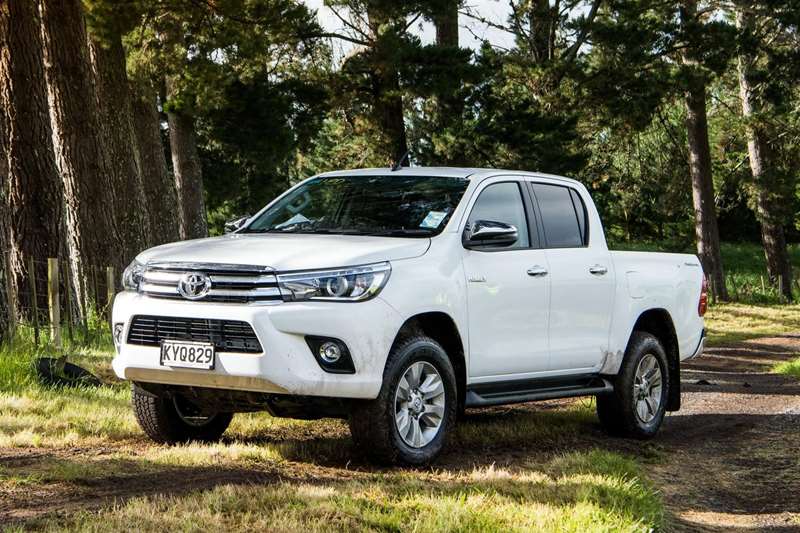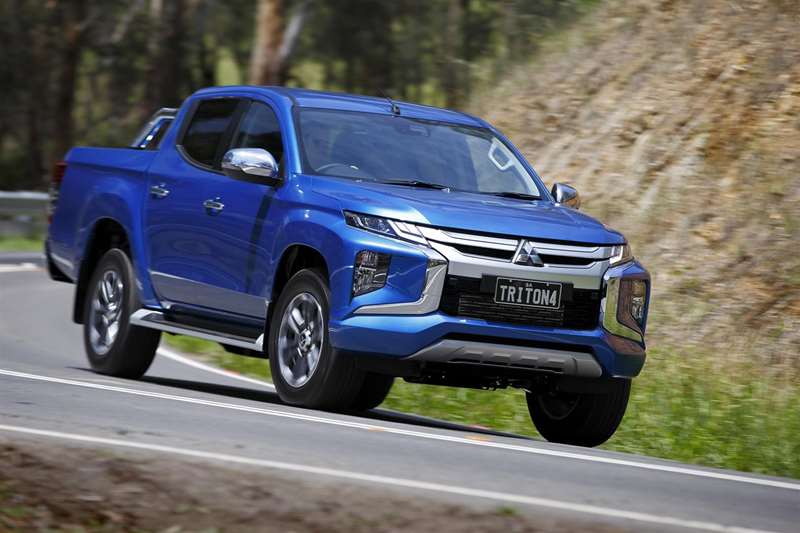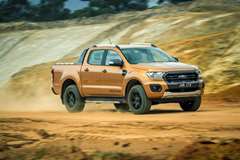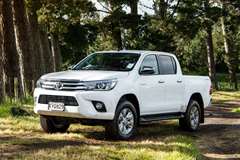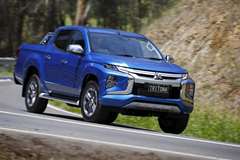David Thomson delves into the world of light commercial vehicles.
From basic two-seater chassis-cab machines to double-cab wellsides with all the interior bells and whistles, a ute can serve as anything from a pure workhorse to the family’s favourite set of wheels. Vans are similarly flexible in their possible configurations.
Here’s the lowdown on what’s available at present in the new-vehicle market, comprising the top 15 light commercial options based on 2018 new-vehicle sales, plus summaries of other choices.
Prices, where given, are list prices that generally span the entire range. Consider them a starting point only, as there is room for negotiation with some brands and specials on offer from time to time, too.
A few quick notes about naming conventions and ute configurations.
Utes are typically sold as either wellsides, which means a cargo tray with deep welded metal sides is fitted as standard, or in chassis-cab form, which means there is no deck, tray or wellside fitted when you buy the vehicle.
There are also three basic cab configurations. Single cab means front seats only, and no space behind for back seats. Then there are versions with a relatively meagre second row of seats, for which every company has its own name (super-cab, extra-cab, club-cab, space-cab, king-cab and so on). Lastly, the version with a decent second row, typically accessed by a separate rear door and generally, but not always, called a double-cab.
Of course, the bigger the cab the less cargo space behind, so, like everything in the automotive world, what you prefer will depend on your need.
Now, the vehicles themselves. —
Ford Ranger ($37,990-$84,990)
The Ranger has been New Zealand’s top-selling vehicle of any kind every year since 2015, and remains so through the first third of 2019. A comprehensive all-turbo-diesel (with three different engine choices), all-automatic line-up includes single chassis-cab, super-cab and double-cab variants with both two and four-wheel drive models. There are two main equipment levels (XL and XLT) as well as the Wildtrack and — at the top of the tree — the extensively tweaked Ranger Raptor.
Toyota Hilux ($31,990-$56,990)
The Hilux is now into its eighth generation, the current model having been around since 2015 and updated in 2017. Hilux is renowned for its durability, so tends to hold its value well. There are auto and manual options, but all current models feature 2.8L diesel power. Choose from chassis-cab, extra-cab and double-cab variants with either two or four-wheel drive. There are two main equipment levels (S, SR) as well as the top-flight double-cab-only SR5.
Mitsubishi Triton ($31,990-$49,990)
A major makeover for 2019 has helped keep the Triton ahead of the Holden Colorado. Well-equipped and sharply priced, the Triton features 2.4L turbo-diesel power, with automatic and manual transmission models. There are chassis-cab, club-cab and double-cab models with either two or four-wheel drive. Equipment levels are GLX, GLXR and VRX, with VRX reserved for the double cab (in 2WD and 4WD guise).
Ford Transit ($54,990-$73,990)
The original Transit dates from the mid-1960s, but the current model has only been around since 2013. There are two distinct types of Transit — the smaller, more urban-focused Transit Custom, and the much larger Transit Cargo. The Custom, a front-drive machine with 2.0L turbo-diesel power, is the likely choice for tradies. It’s available in short or long wheelbase guise.
Holden Colorado ($39,990-$66,990)
The current-generation Colorado has been around for several years now but was significantly enhanced by a comprehensive upgrade in 2016. It’s provisioned with 2.8L turbo-diesel power across a range that includes autos and manuals, two and four-wheel drives, and chassis-cab, space-cab and crew-cab configurations. LS, LT and LTZ are the main specifications, while the flagship variant, able to be considerably customised, is the Z71.
Isuzu D-Max ($38,890-$61,990)
Another long-standing ute, the D-Max received improvements to its 3L turbo-diesel engine from 2017, and to its engine and interior from last year. Once again, there are auto and manual versions and two and 4WDs in chassis-cab, space-cab and double-cab configurations. The specification levels are LX, LS, LS-M and LS-T.
Nissan Navara ($37,990-$63,990)
The current Navara dates back to 2014. Since then, there have been upgrades to enhance, among other things, its steering and suspension. Nissan deploys 2.2L turbo-diesel power for the Navara, with manual and auto options and both two and 4WD versions. The various configurations are single cab, king cab and double cab, and the equipment specifications are RX, SL and ST-X. The ST-X is available in king and double cab guise and as two or 4WD.
Mazda BT-50 ($35,295-$59,795)
Mechanically the BT-50 is identical to the 3.2L Ford Ranger but it looks different inside and out, and has never attracted quite the same following. There are two and 4WD versions, autos and manuals, and single chassis-cab, freestyle cab and double-cab variants. The specification levels are GLX, GSX and — for double-cab only but with two or 4WD — Limited.
Toyota Hiace (prices to be confirmed for new model)
The current Hiace has been New Zealand’s top-selling van for 15 years, but it is replaced by an all-new model later this month. The most obvious change is the shift from a cab-over-engine layout up front to a semi-bonnet design, and there will be sizes and configurations to meet all needs. Look also for sharp prices for the last of the old model.
Photos: Supplied

